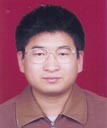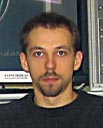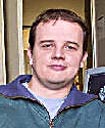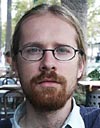Justyna LAGODA
Warsaw University
luna@fuw.edu.pl
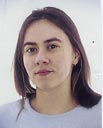
For my Ph.D. thesis I am working on ICARUS, one of the detectors designed to observe tau neutrino appearance in the CNGS neutrino beam. I participated in the detector tests in Pavia during summer 2001 and worked on the collected data, especially on the photomultipliers signals and its application for the trigger purposes. Now I am working on the simulation of the neutrino interactions in ICARUS detector, using the Nuance event generator. I am trying to find the best set of kinematical cuts to efficiently select tau neutrino interactions. I am also studying the effects of the tau lepton polarization.
Tapio LAMPEN
Helsinki Institute of Physics
Tapio.Lampen@cern.ch
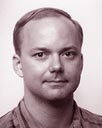
I work at Helsinki Institute of Physics in a team devoted to software and physics issues of the CMS experiment. For my PhD work, I am developing a detector alignment algorithm based on reconstructed tracks. The algorithm is intended to be used in the ultimate position and orientation calibration of the CMS Tracker as a part of the ORCA software. The natural smoothness of reconstructed particle trajectories is used as a constraint to find corrections for position and orientation of the sensors. I also participate to the geometric precision measurements of the rod frames of the CMS Tracker support structure. These measurements are later used to provide the best possible initial values for the alignment algorithm.
Walter LAMPL
Vienna University of Technology (currently based at CERN)
walter.lampl@cern.ch
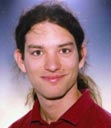
I am currently working as a Ph. D. student in the ATLAS Liquid Argon group. ATLAS is one of the two general-purpose experiments for the future LHC-Collider at CERN. The Liquid argon group is responsible for the part of the calorimeter of ATLAS that is based on liquid argon technology. I am taking part in the preparation and the run of a test beam that will take place in summer 2004. My thesis will mainly focus on aspects of the electromagnetic calibration. During the last months, I worked mainly on software to do monitoring, analysis and calibration of the testbeam data that will be taken this summer.

